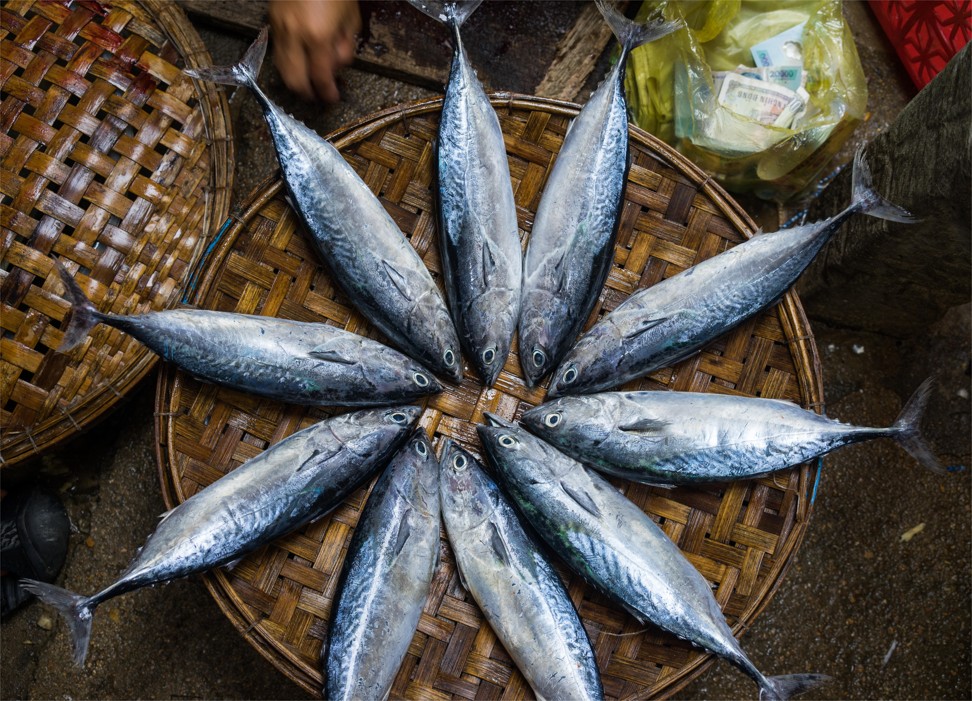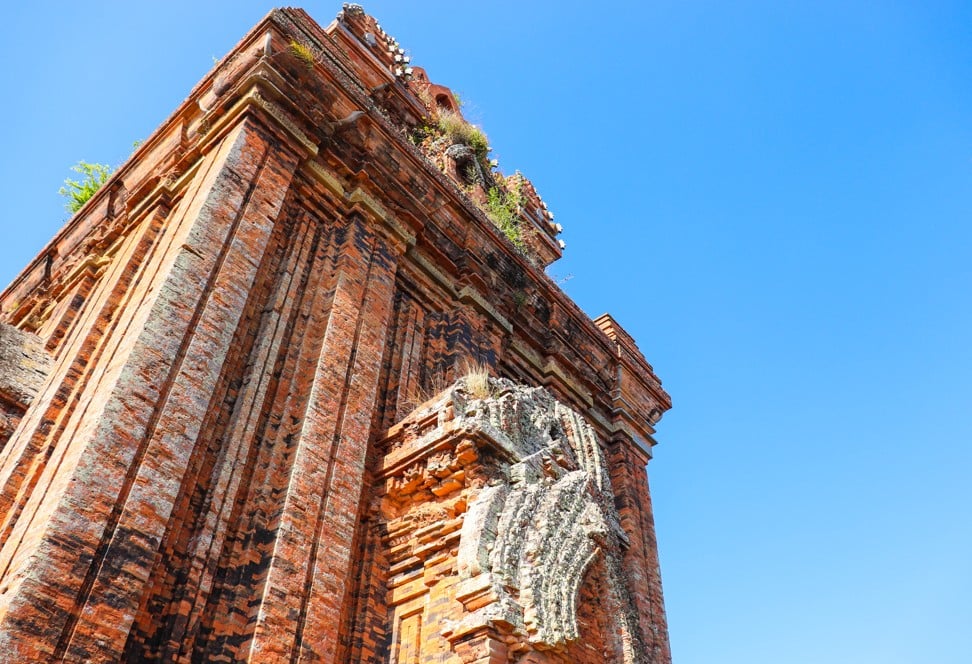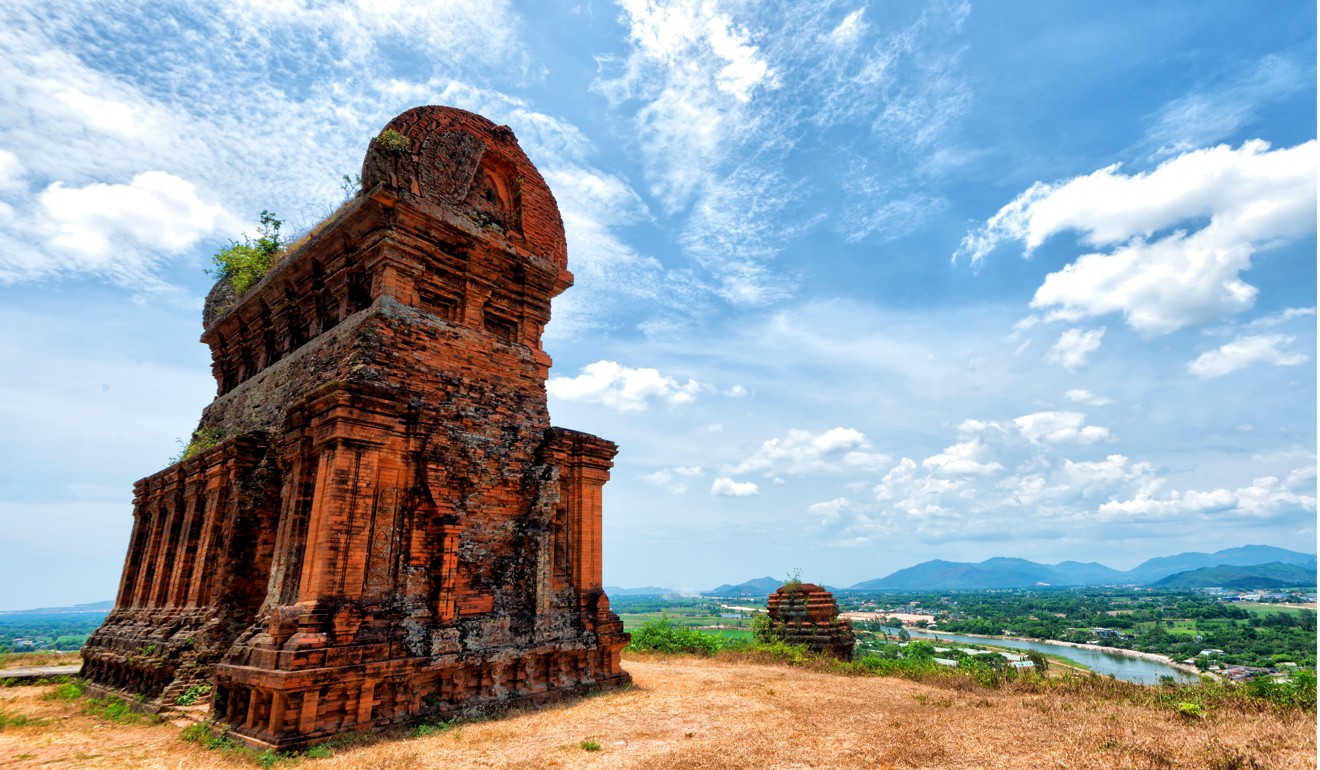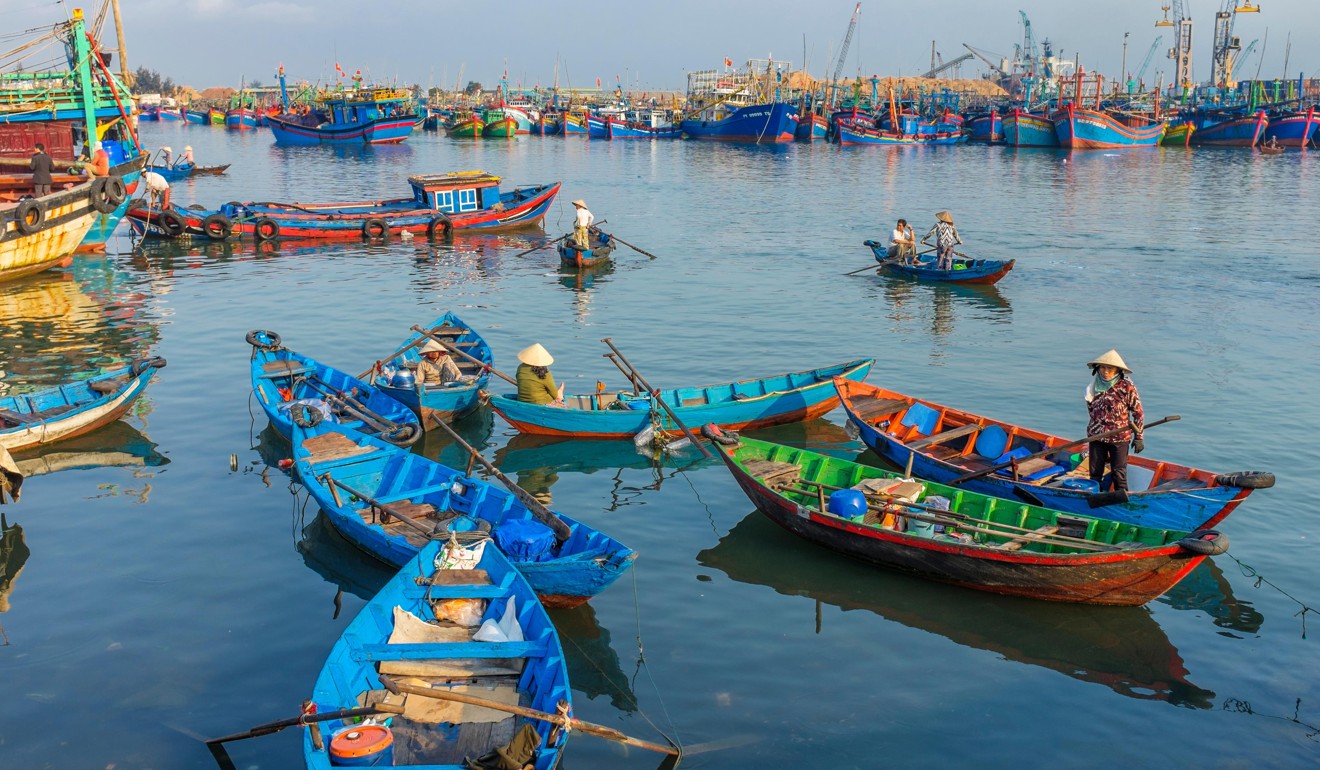
Off the beaten track in Quy Nhon, Central Vietnam’s next big thing, for a laid-back beach holiday
- With clean beaches, quaint fishing villages and emerald green paddy fields, Quy Nhon offers a quiet respite for travellers – but development is coming
- This part of Central Vietnam boasts historic sites, amazing seafood, and views of distant mountains

I had been warned that once I found it, I would never want to leave. But as my motorbike taxi sped along a road that traces the rise and fall of rolling hills overlooking the shimmering azure waters of the South China Sea, the fading sun casting dramatic shadows, finding the beach I’d been told about the previous day by a Vietnamese friend was proving harder than anticipated.
I had arrived in the Central Vietnamese city of Quy Nhon the previous day after a six-hour bus journey south from Hoi An. For the past few months, I had been hearing about it increasingly from friends who live in the country, who predict it to be Vietnam’s next big coastal destination.
Hugged by jungle-clad hills, the city overlooks the ocean and has the feel of a calm coastal town. Its palm-lined motorways have none of the commotion of those in Ho Chi Minh City or Hanoi, the country’s biggest cities, and the wide promenade that flanks litter-free golden sands stretching the length of the city features manicured gardens, statues and parks.
In the evening, the area springs to life as young Vietnamese enjoy the sea breeze and families take an evening stroll. The city remains tourist-free for now and has a low-key, relaxed vibe.

The coasts to the north and south of the city are peppered with small fishing villages, and Quy Nhon is famous for its seafood. Restaurants on the promenade serve prawns, squid, lobster, crab and the catch of the day, cooked in fragrant herbs and spices, in rice and noodle dishes, crispy pancakes, and spring rolls.
Wanting to explore the surrounding countryside about which I’d heard so much, I booked a motorbike using Grab (a ride-hailing app similar to Uber that is popular across Southeast Asia) to take me to Banh It Towers.


Signs of urban life quickly fade as we navigate narrow roads through palm-studded, emerald paddies and villages with dainty wooden houses whose gardens spill over with tropical flora.
After about 40 minutes, we pull into an empty car park next to a new building housing a ticket office. A well-maintained trail leads to the four towers, that date to the 12th and 13th centuries and are relics of the kingdom of Champa. Vijaya, near Quy Nhon, was the Champa capital from the late 10th century until 1471.
The red-brick monuments, with their narrow archways and cavernous roofs, stand out from their verdant surroundings. The site offers views of the plains below, with their paddies and meandering rivers, and of distant mountains.

My next destination is the beach I’d been told of, about 13km south of Quy Nhon. My aim was to arrive by late afternoon in time for sundowners, but with my destination, the fishing village of Bai Xep, standing at the end of a steep, nondescript track, it is easy to miss.
As we drive aimlessly up and down the road, my views of the ocean are occasionally interrupted by huge hoardings advertising the imminent construction of luxury villas and exclusive beachside resorts along the almost untouched (for now) coastline, coupled with plans to transform some of the smattering of tropical islets that sit off the coast into luxury island resorts.
We eventually spot the track, and stop when we reach a small square beyond which the motorbike cannot go. My next challenge is to find my way to the beach through a labyrinth of back lanes bursting with life. Elderly women gossip loudly, men huddle over games of cards, fishermen lug their hauls in bamboo baskets and children screech as chickens scatter.
Finally, I find what I have been searching for: a beautiful small bay with golden sands and a handful of people. Having made it in time for sunset, I order a cocktail from the lone beach bar and sink into a seat on a wooden platform that juts out over the lapping waves. As I soak up the laid-back vibe and watch the sun sink from this welcoming alcove, I feel like I never want to leave. In the end, I did, but was back there the next day.
Getting there:
Domestic flights land at Phu Cat Airport, 30km from Quy Nhon. It is connected to many major cities by daily buses and trains.
Staying there:
Trieu Hoang Hotel, a delightful family-run guest house in Quy Nhon city, costs US$10 a night for a twin room with private bathroom and hot shower, and is a three-minute walk from the beach. For a more exclusive sleep, Anantara Quy Nhon recently opened. To stay at Bai Xep beach, check in at backpacker-style Life’s A Beach.